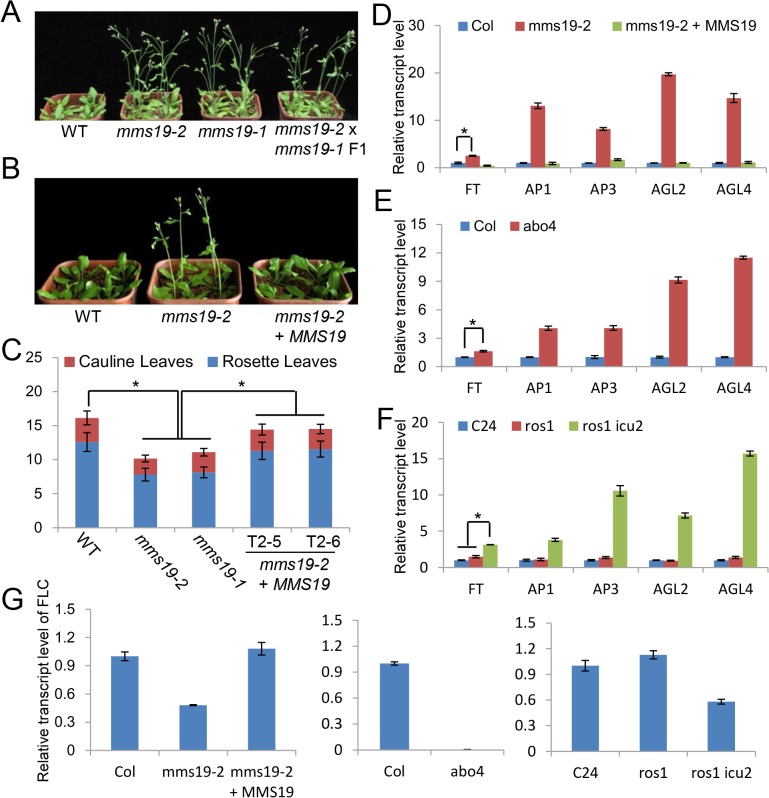Fig 5. The mms19 mutants cause an early flowering phenotype by affecting the expression of flowering-related genes.
(A) The early flowering phenotype of mms19 mutants in standard long-day conditions (16-h-light and 8-h-dark at 22°C). (B) The early-flowering phenotype was restored by the MMS19-Myc construction in mms19-2. (C) The statistics of total leaf numbers upon flowering under long-day conditions in the wild type, the mms19 mutants and the complementation lines. T2-5 and T2-6 were two randomly selected individual MMS19-MYC transgenic lines in T2 generation. At least 30 individual plants were counted. Error bars stand for SD. Asterisks indicate significant difference as determined by the t-test (P<0.05). Numbers of rosette and cauline leaves are indicated by blue and red bars, respectively. (D) Leaf numbers under long-day conditions with or without vernalization. (E) Leaf numbers under short-day conditions. (F), (G) and (H) The effect of mms19, abo4, and icu2 on the expression of flowering-related genes as determined by quantitative RT-PCR. ACT7 was amplified as an internal control. The quantitative RT-PCR experiments were biologically repeated for three times and indicated similar results. A representative repetition is shown. Error bars represent SD. Asterisks show significant difference as determined by the t-test (P<0.05).

